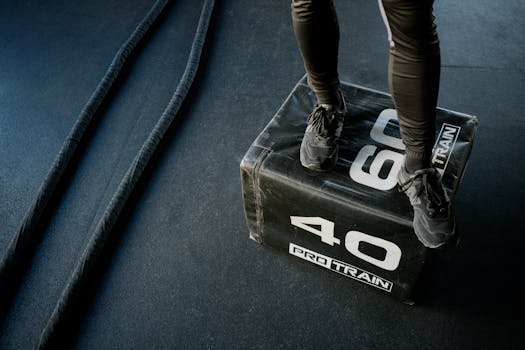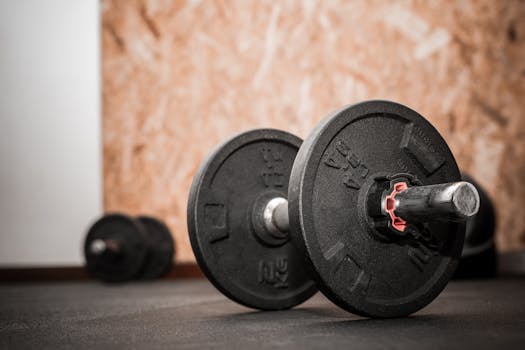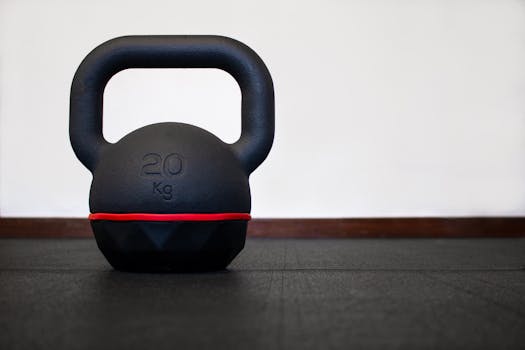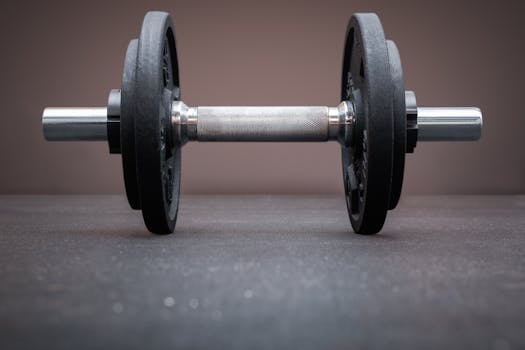
Unleashing the Power of High-Intensity Interval Training for Effective Fat Loss
Takeaways:
- HIIT is a time-efficient workout that maximizes fat loss.
- This training method boosts metabolism and continues to burn calories even after the workout.
- Incorporating HIIT can lead to significant improvements in cardiovascular health and overall fitness.
High-Intensity Interval Training, commonly known as HIIT, has become a buzzword in the fitness community, and for good reason. This powerful workout strategy not only saves time but also delivers impressive results, especially for those looking to shed fat. In this article, we will delve into the mechanics of HIIT, its benefits for fat loss, and practical tips for getting started.
What is High-Intensity Interval Training?

The Science Behind HIIT and Fat Loss
One of the primary reasons HIIT is so effective for fat loss lies in its ability to increase the metabolic rate. After a HIIT session, your body continues to burn calories at an elevated rate, a phenomenon known as Excess Post-Exercise Oxygen Consumption (EPOC). This means that even after you’ve left the gym, your body is still working hard to recover, which contributes to additional calorie burning.
Research has shown that HIIT can lead to greater fat loss compared to traditional steady-state cardio. A study published in the Journal of Obesity indicated that participants who engaged in HIIT lost more body fat in a shorter amount of time compared to those who performed moderate-intensity exercises.
Benefits of HIIT for Fat Loss

- Time Efficiency: A typical HIIT workout can be completed in 20 to 30 minutes, making it an ideal option for those with busy schedules.
- Increased Caloric Burn: HIIT workouts are highly effective at burning calories, both during and after exercise.
- Improved Cardiovascular Health: Engaging in HIIT can enhance cardiovascular fitness, which is essential for overall health.
- Variety and Fun: The dynamic nature of HIIT keeps workouts interesting, helping to maintain motivation and adherence.
- Preservation of Muscle Mass: Unlike traditional cardio, HIIT can help preserve lean muscle mass while promoting fat loss.
How to Get Started with HIIT
Starting a HIIT regimen can be straightforward. Here’s how you can incorporate it into your fitness routine:
- Choose Your Exercises: Select a mix of cardio and strength exercises that you enjoy. Popular choices include sprinting, cycling, burpees, and kettlebell swings.
- Determine Your Intervals: A common structure is 30 seconds of high intensity followed by 30-60 seconds of rest. Adjust the work-to-rest ratio based on your fitness level.
- Warm Up: Always begin with a 5-10 minute warm-up to prepare your muscles and joints.
- Stay Hydrated: Drink plenty of water before, during, and after your workout to stay hydrated.
- Cool Down: Finish with a cool-down period and stretching to aid recovery.
It’s essential to listen to your body and gradually increase the intensity as your fitness improves. If you’re new to exercise, consider consulting a fitness professional to help design a safe and effective HIIT program.
Conclusion








